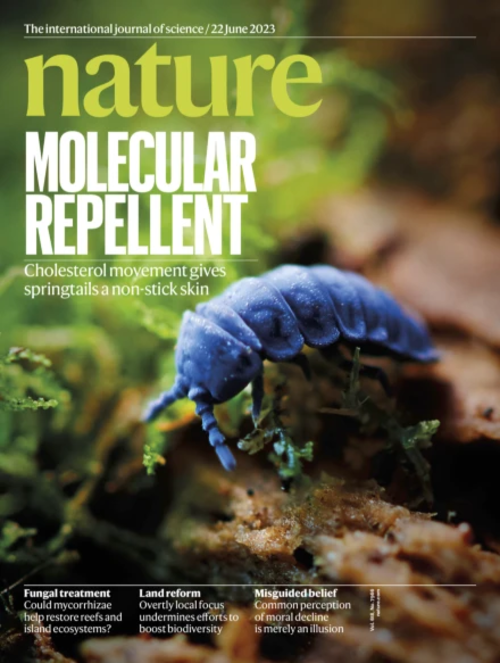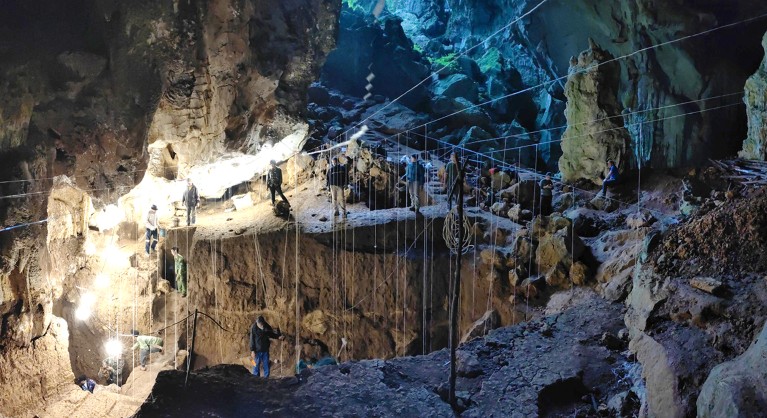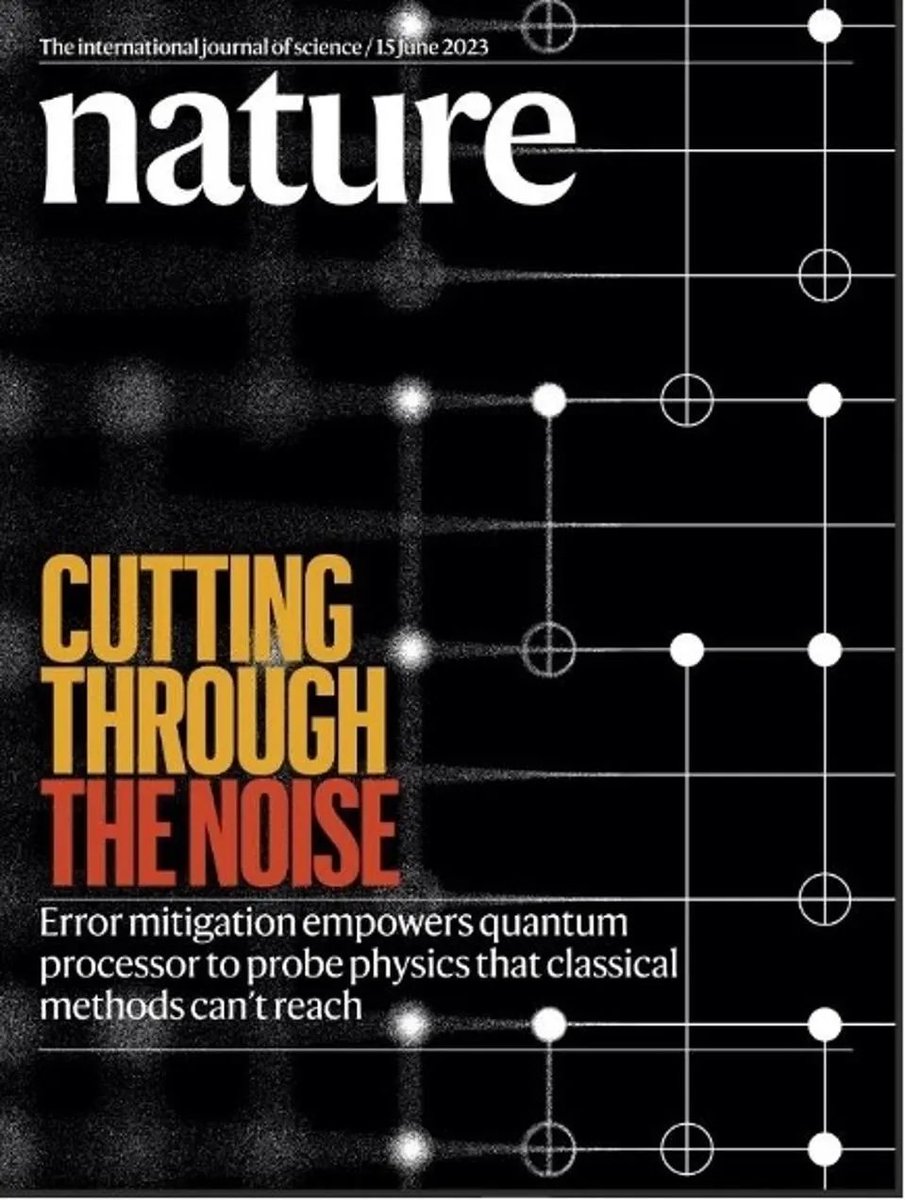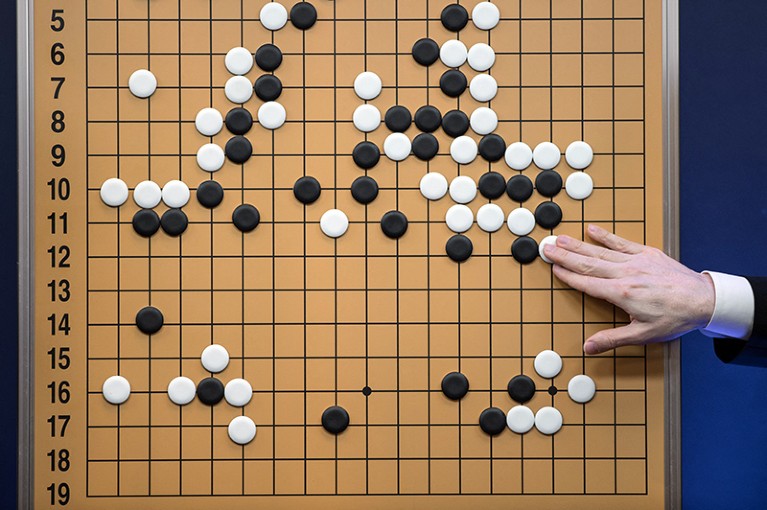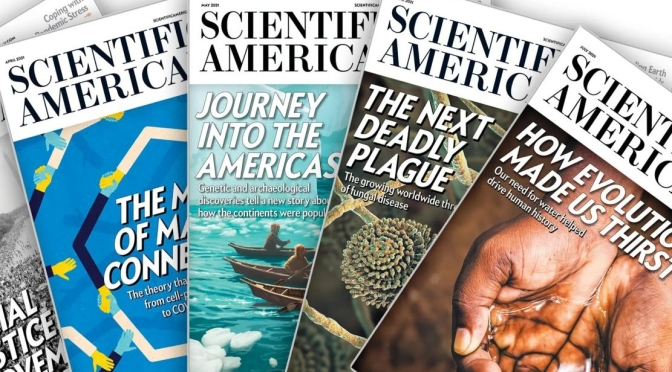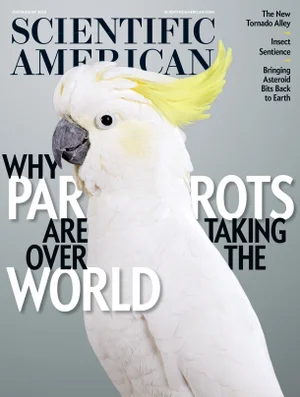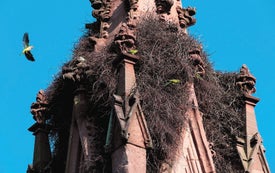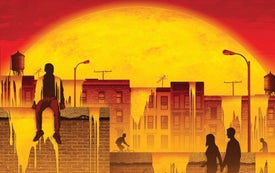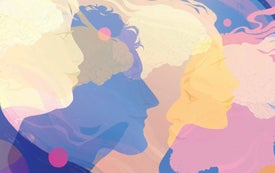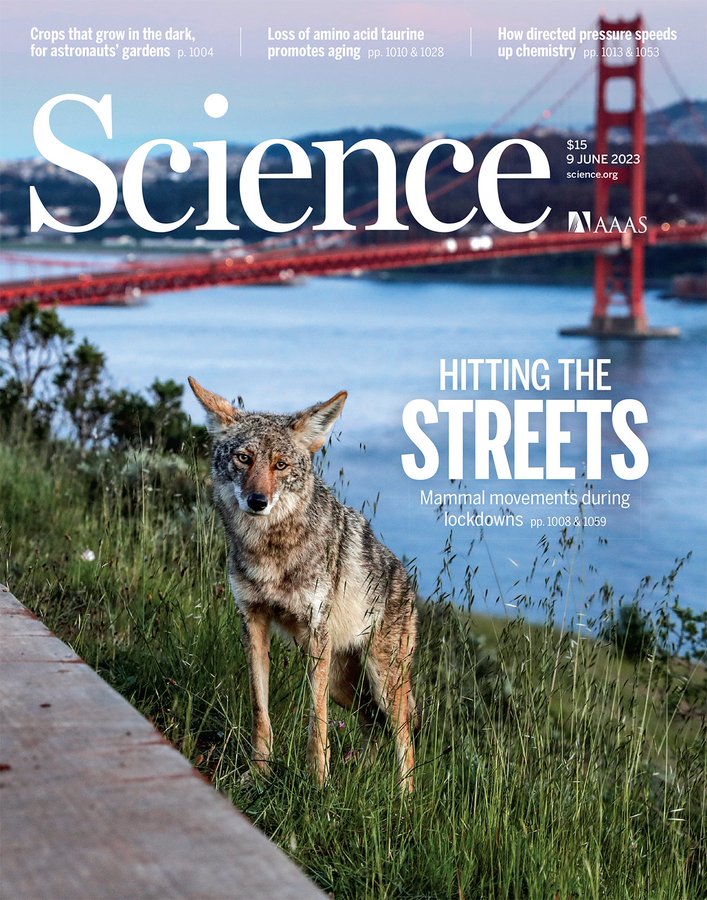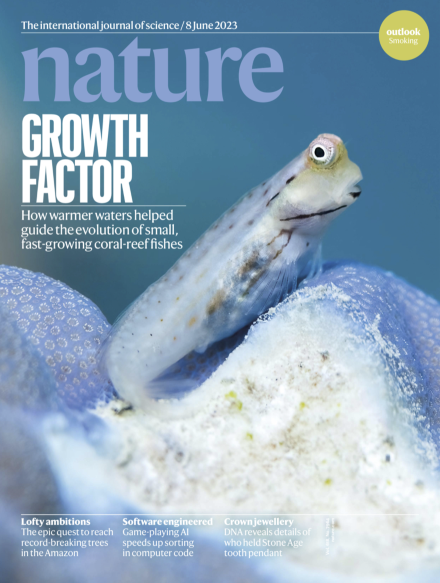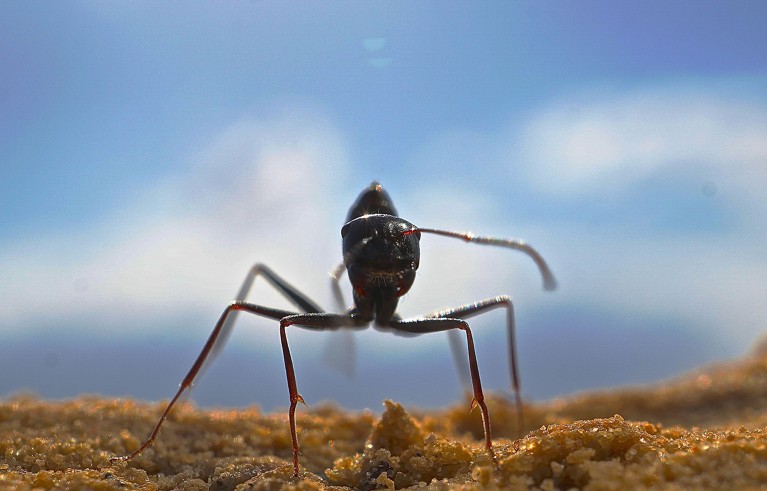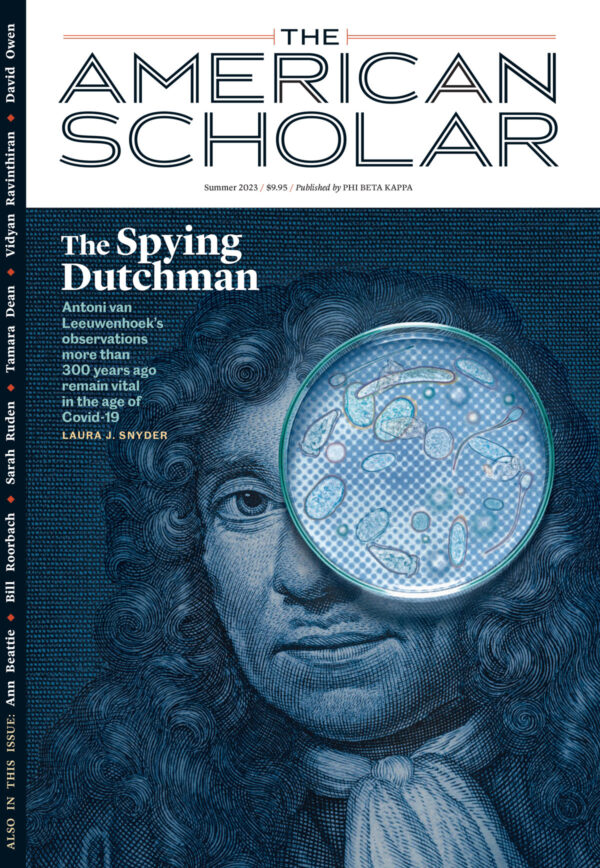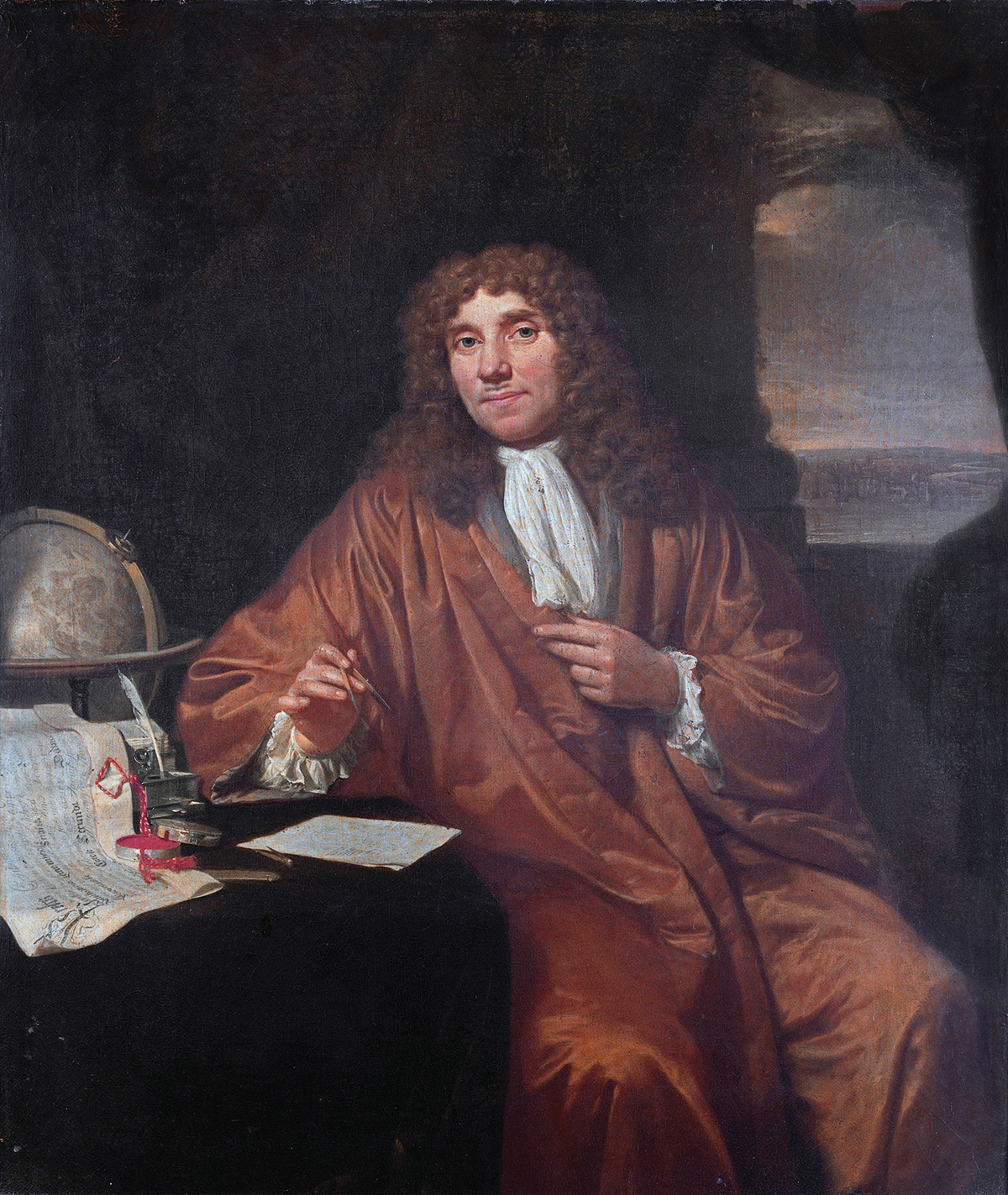nature Magazine Science Book Reviews – June 23, 2023: The ocean’s engine, the science of reading, the mystery of moths… Andrew Robinson reviews five of the best science picks.
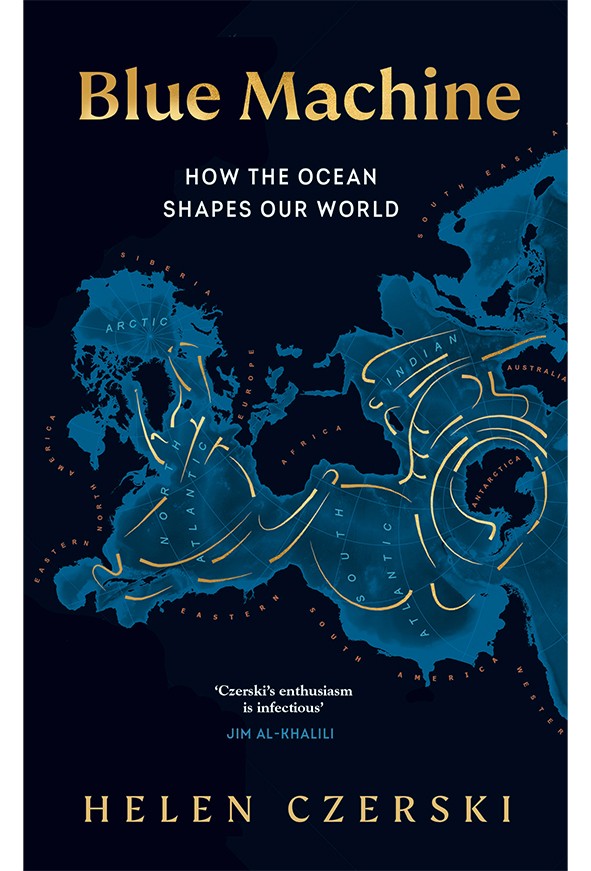
Blue Machine
By Helen Czerski (2023)
Few scientific subjects are so vast, and yet oceans “often seem invisible”, remarks physicist and broadcaster Helen Czerski; the workings of the seas got no mention in her physics training. Her profound, sparkling global ocean voyage mingles history and culture, natural history, geography, animals and people, to understand the “blue machine”: the ocean engine powered by sunlight that shunts energy from Equator to poles.
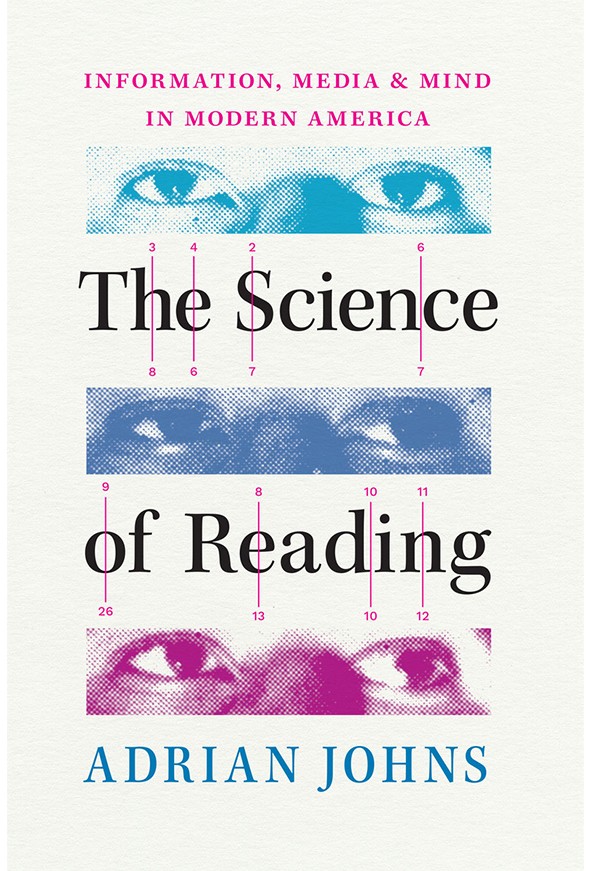
The Science of Reading
By Adrian Johns (2023)
Starting in the 1880s with US psychologist James Cattell, the experimental study of reading dealt in extremes, notes information historian Adrian Johns in his intriguing analysis. Researchers devised mechanical ways to measure quantities that were nearly imperceptible, such as pauses in motion as an eye scans prose. Today, scanners can measure brain activity, but the reading process remains mostly imponderable.
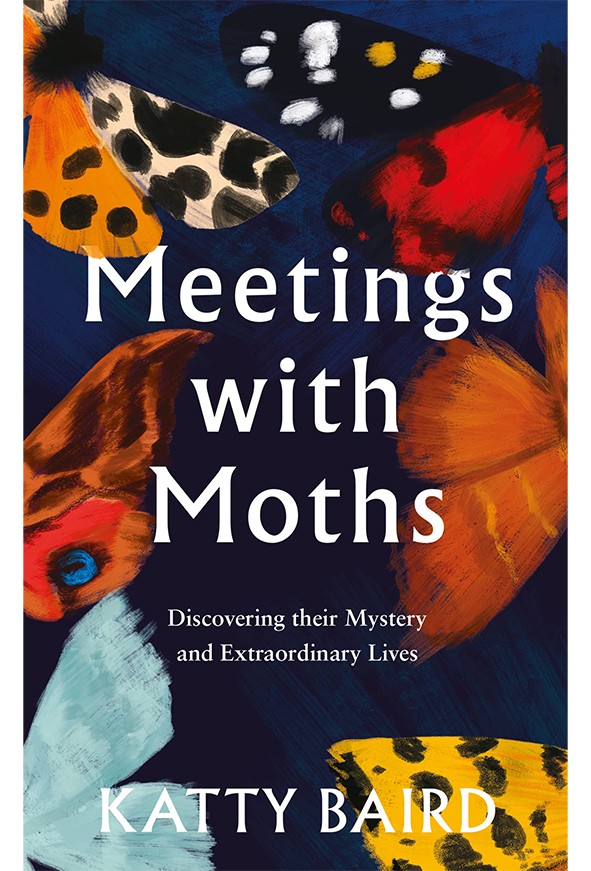
Meetings with Moths
By Katty Baird (2023)
Ecologist Katty Baird’s fly-specialist friend grumbles that butterflies should be renamed ‘butter-moths’. Butterflies and moths belong to one order, and are not always easy to tell apart. However, most butterflies rest with wings shut, whereas resting moths display theirs. The garden tiger moth (Arctia caja), for example, has “forewings a mosaic of darkest brown and white which conceal shocking scarlet underwings spotted with denim blue”.

A History of Ancient Egypt, Volume 3
By John Romer (2023)
This deeply informed history by Egyptologist John Romer focuses on the New Kingdom, 1550–1185 bc, including rulers Nefertiti, Tutankhamun and Ramesses II: crucial figures in popular perception. Calling it the “most fantasized period in all of ancient history”, Romer criticizes much scholarship on the era for being “firmly stuck” in the nineteenth-century European vision of ancient Egypt, launched by Jean-François Champollion in the 1820s.
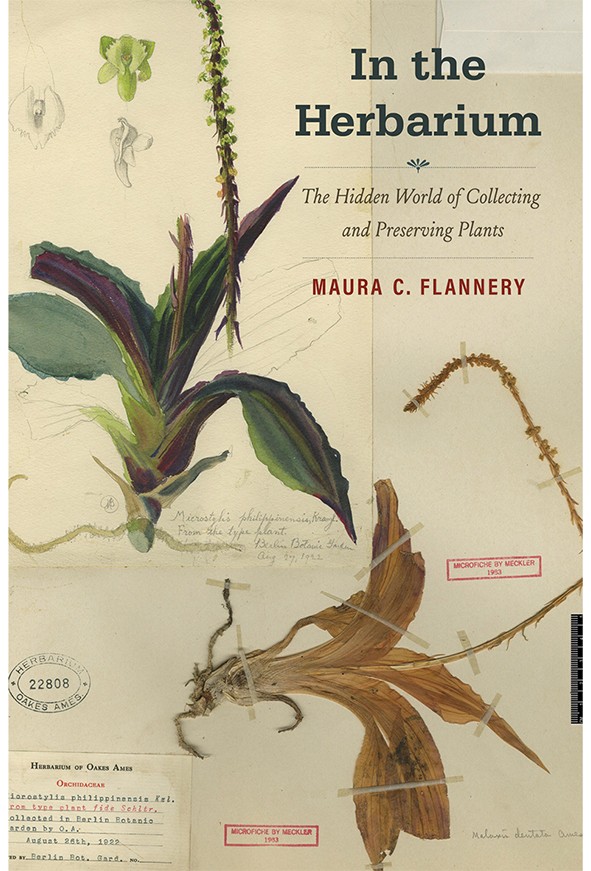
In the Herbarium
By Maura C. Flannery (2023)
London’s Royal Botanic Gardens at Kew are open to all. Not so Kew’s Herbarium, a collection of more than seven million plant specimens reserved for academic visitors. Access to most herbaria is restricted: biologist Maura Flannery knew “almost nothing” about them until 2010, when a US curator took her behind the scenes at one and she fell in love with them.





